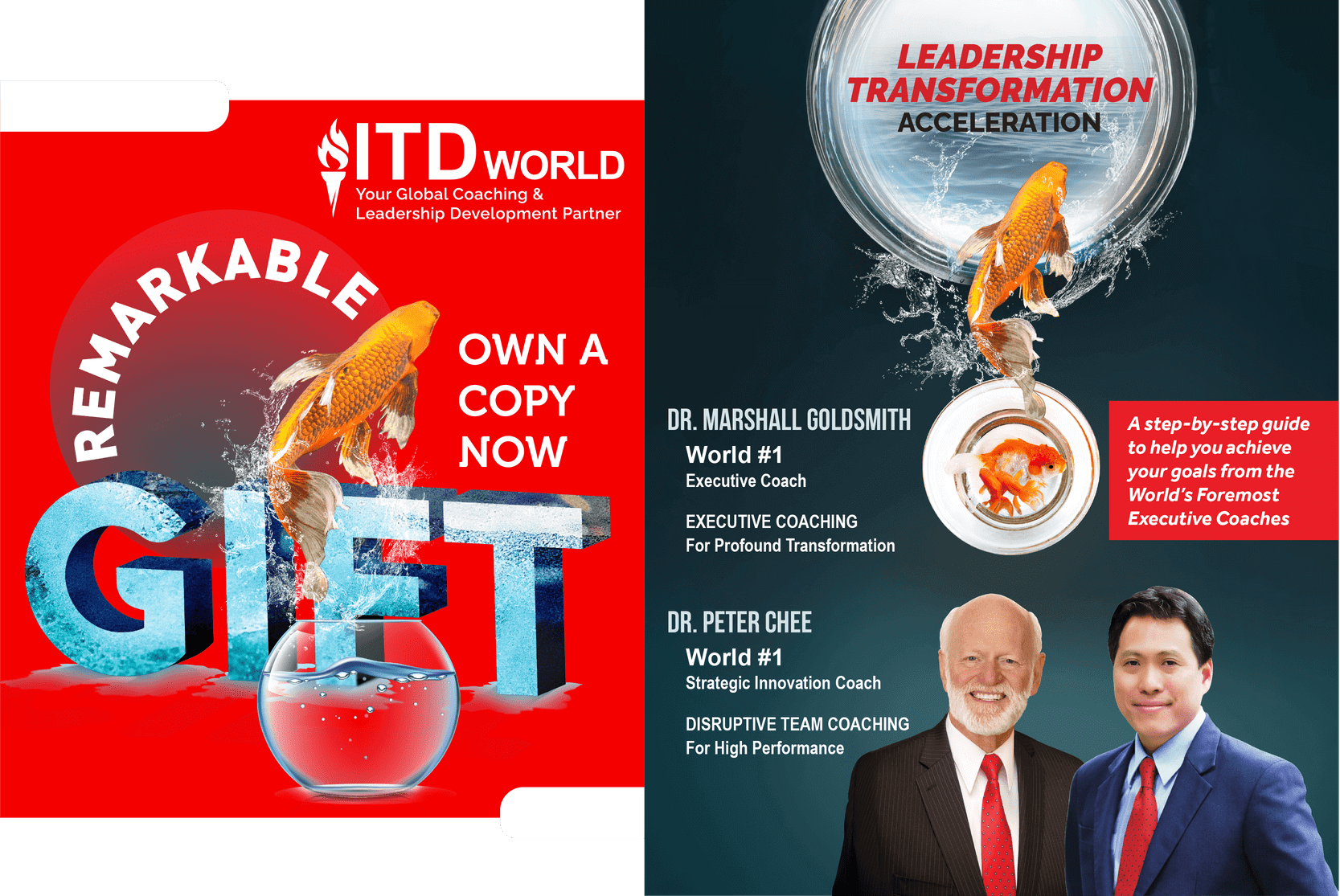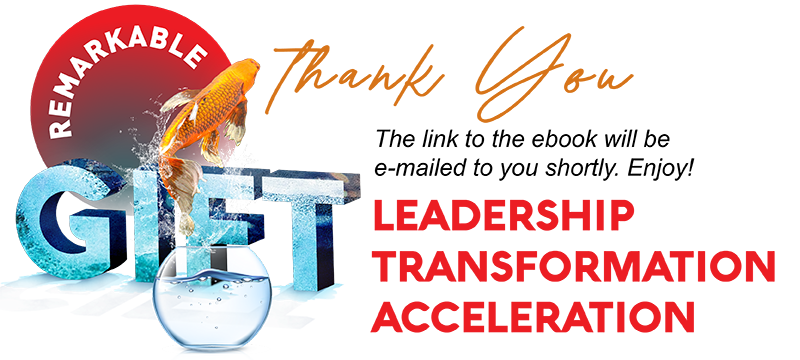
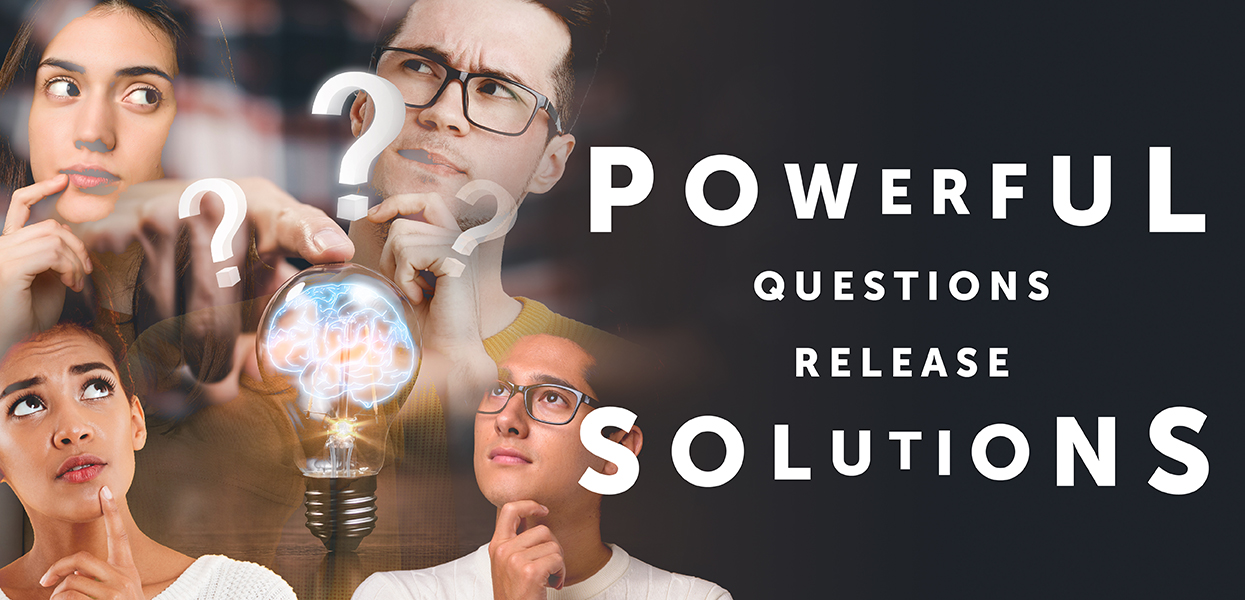

By Dr Peter Chee and Dr Jack Canfield
Asking powerful questions to unleash the creative potential of the person you coach is more of an art than a science.
The technique comes from knowing the right direction to take them (where), having the right intentions (why), using the right questions (what) and (which), asking them in the right way (how), asking them about the right person (who), and asking at the right time (when). This is the six ‘Ws’ and one ‘H’ formula of inquiry. Keeping this in mind will be useful in forming question that you need to ask during a coaching conversation.
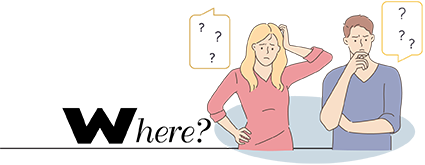
Let’s start with the “WHERE”. This is a pertinent question to ask because you and your coachee need to where the conversation has moved. For example, by the conclusion of each coaching conversation, you and the client should agree on action steps.
In the next session, get a fix on the status of action steps to determine what the coachee has accomplished before working on the next steps to take. If you do not check on progress of what has been committed earlier, the continuity can be affected.
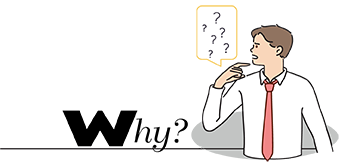
WHY questions are used to determined if the coachee is sufficiently motivated to take action. Use the “why” to discover what is compelling them towards the objectives or goals they have identified. Ensure the person you coach possess the right intentions by using questions themed around answering the “why”.
Also, keep in mind that starting a question with a why may sound confrontational. Instead, tap on the power of “why” by starting the question with what. For example, “What makes you so excited and energized about achieving this goal? or “What is giving you this immense motivation to take action?”.
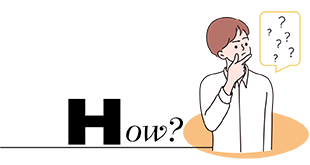
A HOW question drives the coachee to think about the things they can be doing to resolve or address the issue they are facing. When asking this question, you maintain a facial expression and tone of voice that reflect neutrality but with a curious, caring heart. For example, “How can you accelerated progress so you can reach your goal faster?”
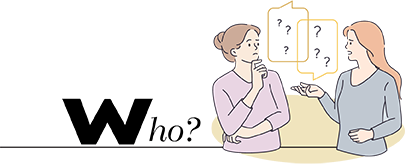
There are two sides to the WHO question. The first side is the coach, who needs to confirm that the question is being directed to the correct person. Another way to think about this is that you need to know what your coachee wants to achieve when coaching him or her. If you do not, you may be in a position of not really knowing who you are coaching.
The other side of the who question can be used to trigger thinking of who can help your coachee achieve their aims. For example, “Who is the person you need to influence to get the promotion you want?”. This gets them thinking of who they need to have a better relationship with in their work.
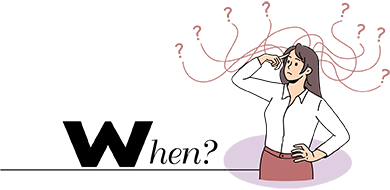
Just like the “who” questions, “WHEN” questions have two aspects. On the part of the coach, you need to ascertain if it is a good time to move forward with the coaching. You should only ask questions when the person is ready for more introspection, and not when they are angry and need to vent their frustrations.
On the other hand, “when” questions can be used to gain a fixed commitment of time from the coachee. You can also use when for asking about updates. For example, “Would now be a good time to update on your accomplishments so far?” or “When do you think is a good time for you to reach this milestone we identified just now?”
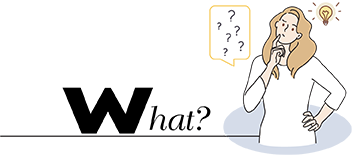
Questions involving the “WHAT” are the bread-and-butter of coaching. These questions are like the swiss-army knife during a coaching conversation as they can be used to discover and identify issues. To use the “what” effectively, utilize open-ended questions to encourage people to share their ideas and solutions. When you focus on open-ended questions and broader questions, you stimulate “out of the box” thinking and widen people’s horizons.
Close-ended questions which restrict conversations should be used near the end of the conversation. After spending a lot of the time on coming up with ideas, you and your coachee need to narrow down the options to arrive at decisions. In this instance, you switch from open-ended questions to close-ended questions to help them reach a decision.

The right questions evoke self-discovery and awareness that energize change.
– Jack Canfield and Peter Chee



Powerful questions can stimulate deep reflection in search of answers, reflection that goes beyond the time boundary of a single coaching session. People will answer the questions that you ask during the coaching dialogue, but after the session is completed, they may talk to others, take action, and reflect about what was asked and discussed in the session. Though some valuable insights will surface during the coaching session, there may be other important discoveries made before and after each subsequent session. A good practice to facilitate deeper learning is to offer some action steps that involve powerful inquiry questions that the client can work on after the session. You can then explore the answers to those questions during your next session.
Powerful questions have the potential to change lives. They can evoke innovative solutions and self-discovery, inspire us to believe in ourselves, change our mindset, and drive us to take action. Asking questions is one of the most important skills of a coach, so great coaches need to be able to ask great questions. When you master asking powerful questions, you will become a highly valued asset to the people you coach.

A plan in the heart of a man is like deep water, but a man of understanding draws it out.
– King Solomon

TRANSFORMATIONAL COACHING QUESTIONS
EUREKA VIDEO
LATEST HAPPENINGS AT ITD WORLD
Drive leadership effectiveness for peak performance with the Certified Chief Master Coach (CCMC) program.
You will be empowered with the wisdom, tools, and insights that differentiates your leadership and coaching impact to enable breakthrough outcomes.
Leverage on the latest leadership and coaching strategies top gurus employ in global organizations for leadership effectiveness
Drive high performance for results and competitive advantage with the CCMC.
Register today and lets talk to differentiate your leadership journey that kicks off on 24 March, 2025. See you then!
FURTHER RESOURCES
